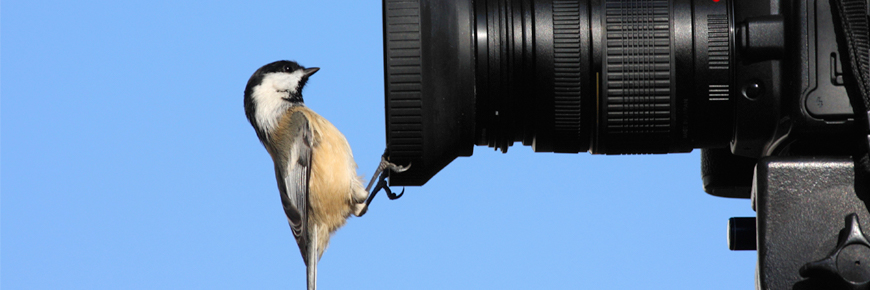
Birding and photography ethics
Point Pelee National Park
Point Pelee National Park strives to provide opportunities to experience bird migration, while ensuring the protection birds and their habitats.
Follow these guidelines to protect birds and their habitats.
Promote the welfare of birds and their habitats
- Keep disturbance to a minimum. Some species can tolerate human activity, while others are extremely sensitive. Migrants are especially sensitive to disturbance as they may be tired and hungry – allow them time to rest and feed.
- Rare birds are exciting, but consider the circumstances of the sighting before widely releasing the information. If you are unsure consult with park staff. Report and document your sightings.
- While the use of recordings is acceptable in some locations, it is not suitable in heavily birded areas like Point Pelee. Use of recordings is prohibited.
- Use artificial light sources (ex. flash) sparingly when filming and photographing birds, especially for close-ups and never use flash with owls.
- Do not alter habitat or nesting sites to optimize photographic opportunities.
- Stay on designated trails. Seasonal footpaths are marked with orange flagging tape. No matter how established a trail might seem, don’t use it unless it is properly marked.
- Respect trail closures and regenerating sites. Restoration projects that will benefit bird habitat sometimes require temporary closures.
- Report all nests of birds considered species at risk to park staff. Never publically promote these nesting locations.
Respect others
- Follow all park rules, including parking, trail use and speed limits.
- Feeding wildlife in a national park is prohibited.
- Practice common courtesy with all visitors you encounter.
- Limit use and volume of two-way radios and other communications devices.
- Ensure your equipment (ex. tripods) does not impede the movement of other visitors.
For more information on Birding Codes of Ethics, please visit
- Date modified :